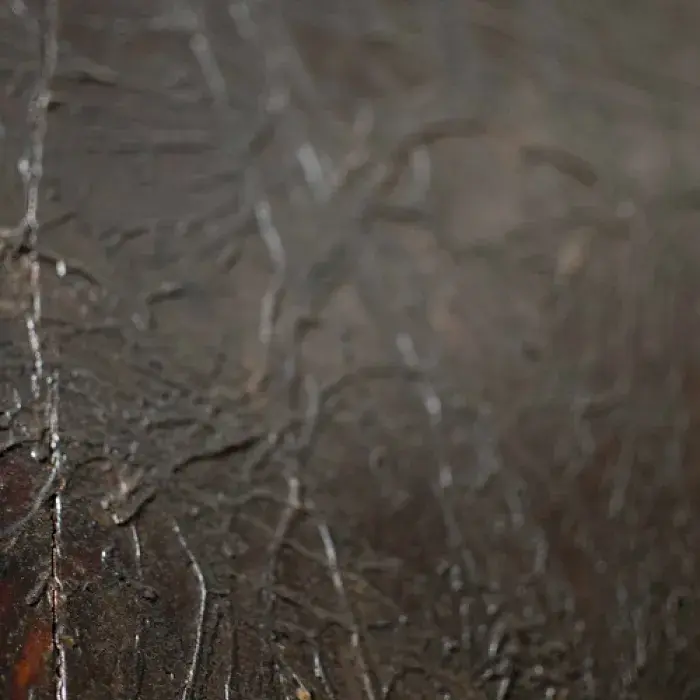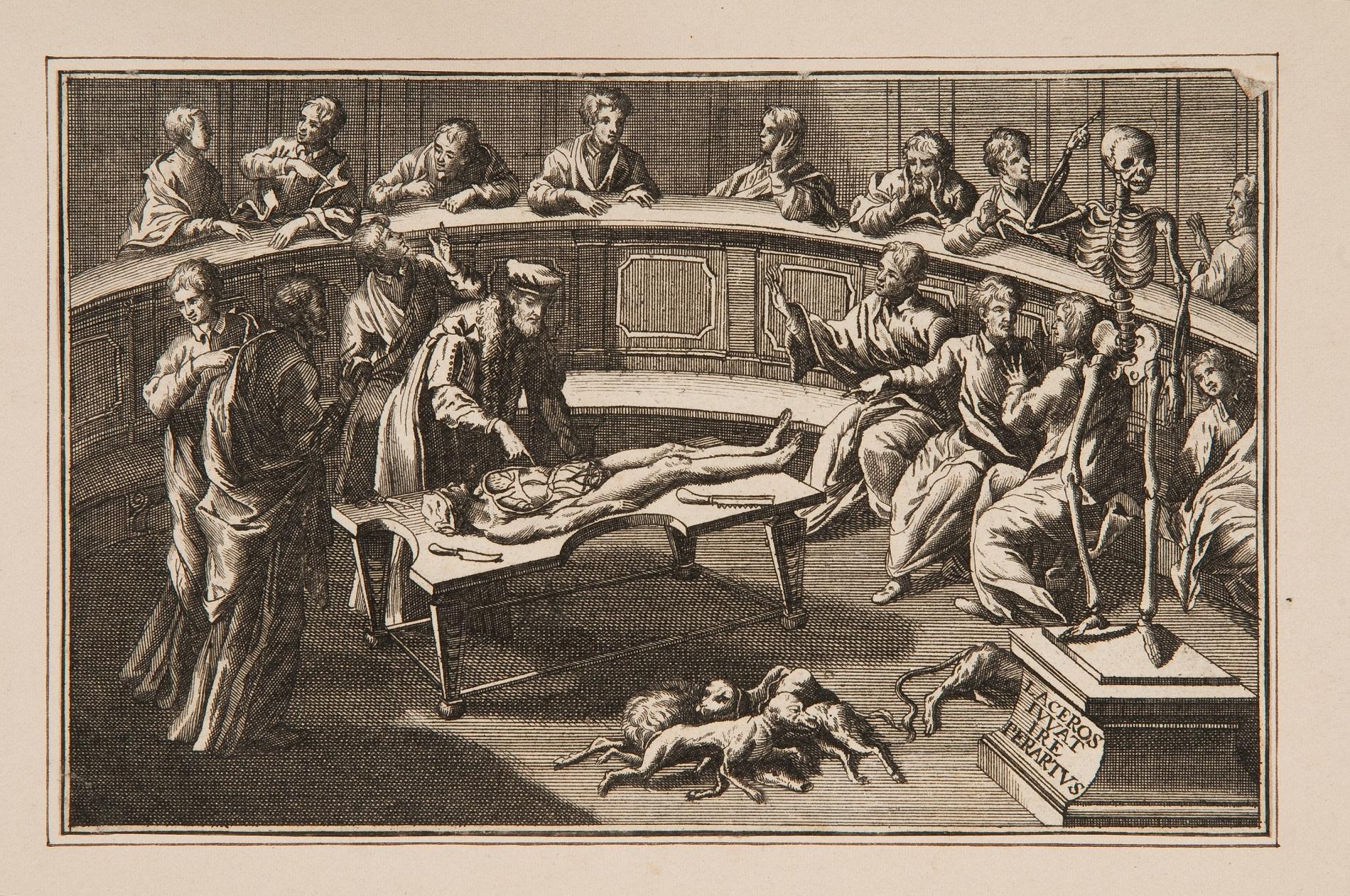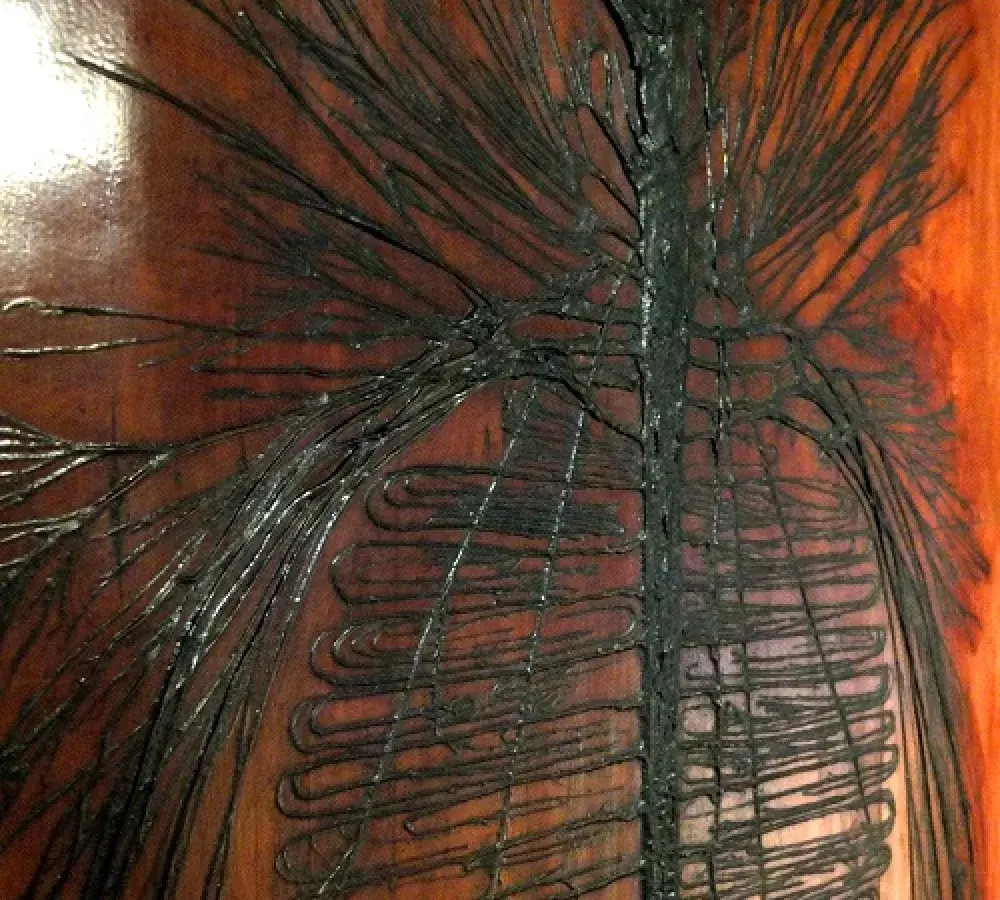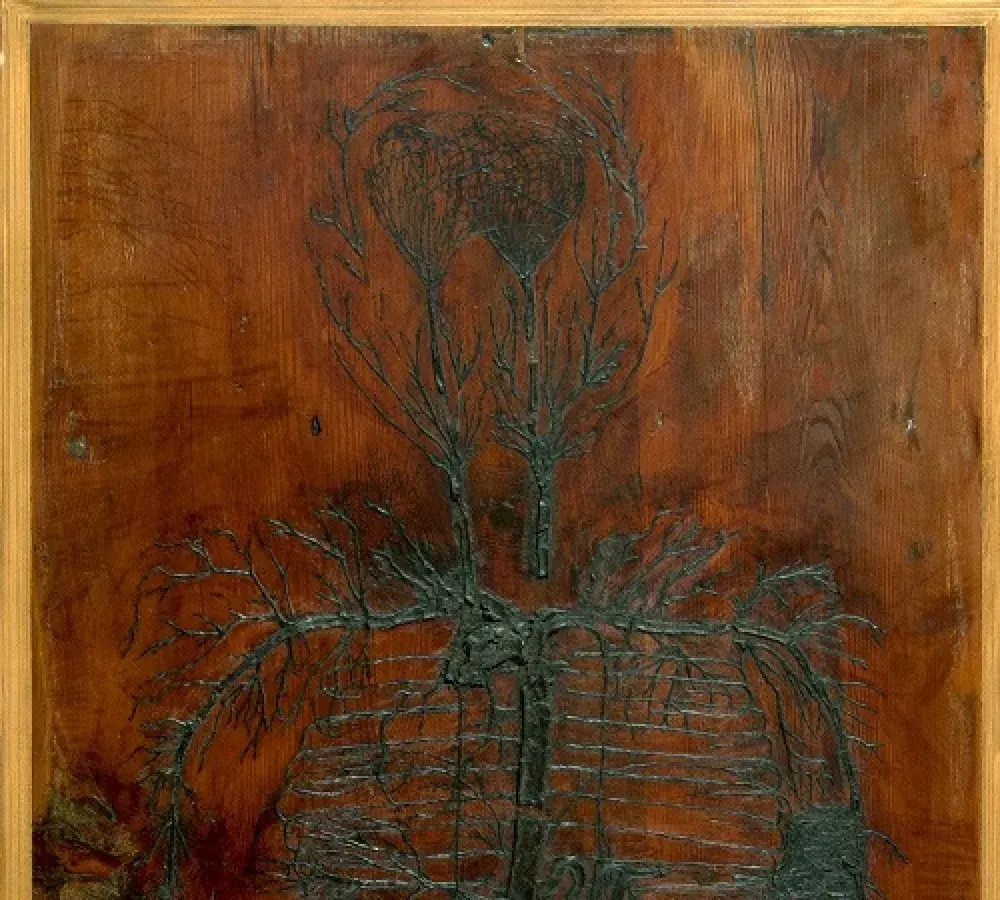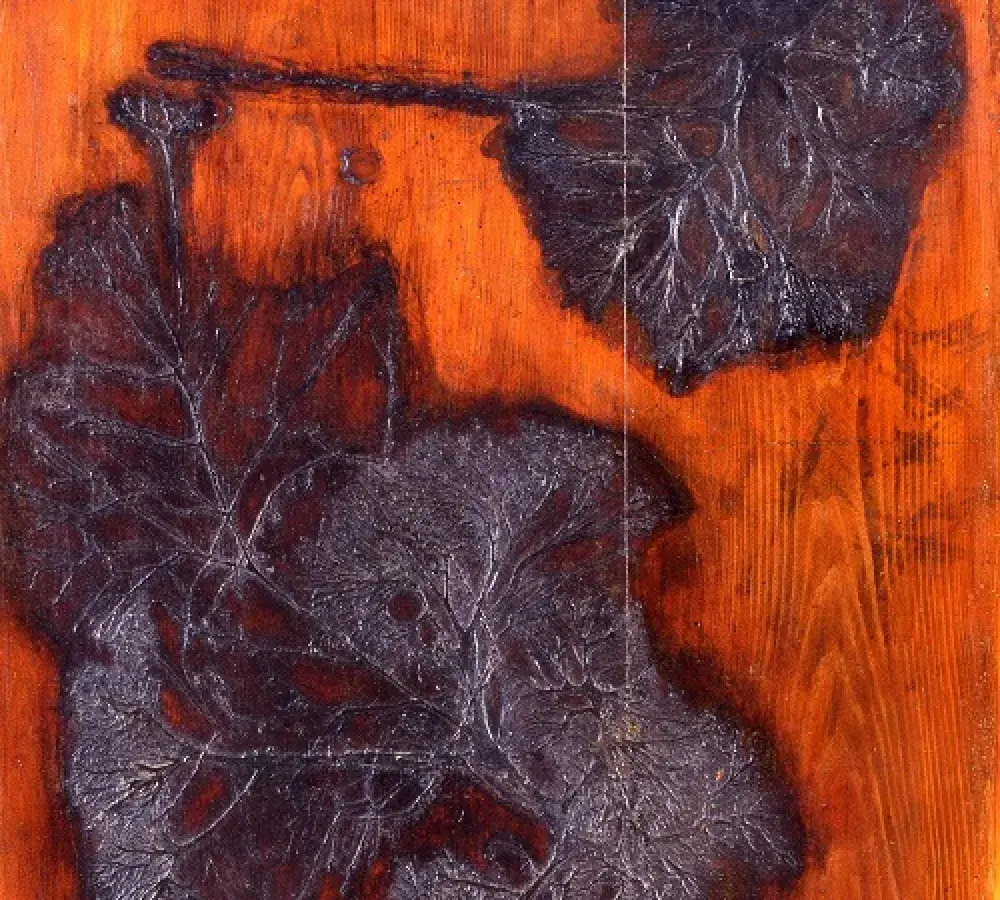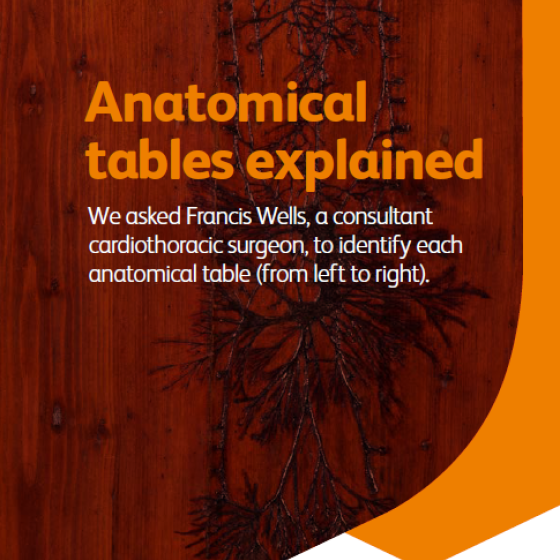These six anatomical tables were created in the 1650s at the University of Padua, Italy. Padua was one of the leading academic centres in Europe, particularly in the field of anatomy. Padua’s famous anatomy theatre is the oldest surviving theatre in Europe. From 1594, students from across the continent watched dissections in the steeply-tiered theatre. Bodies came from executed criminals and were also supplied by Padua’s San Francesco hospital, which adjoined the university. The anatomical tables were probably created as teaching aids and as experiments in the preservation of human tissue. But their widespread use would have been limited by the time and extraordinary skill involved in their production.
The RCP’s anatomical tables were owned by the Earl of Winchilsea and Nottingham from the late 17th century, and kept at their country house in Burley-on-the-Hill, Rutland. On 24 March 1823, George Finch, Earl of Winchilsea and Nottingham and founder of the Marylebone Cricket Club, wrote to the RCP:
'Sir, I have in my possession some anatomical preparations which belonged to the late Dr. Harvey, which I have great pleasure in offering to the College of Physicians… these specimens of his scientific researches can be nowhere so well placed as in the hands of that learned body'.


